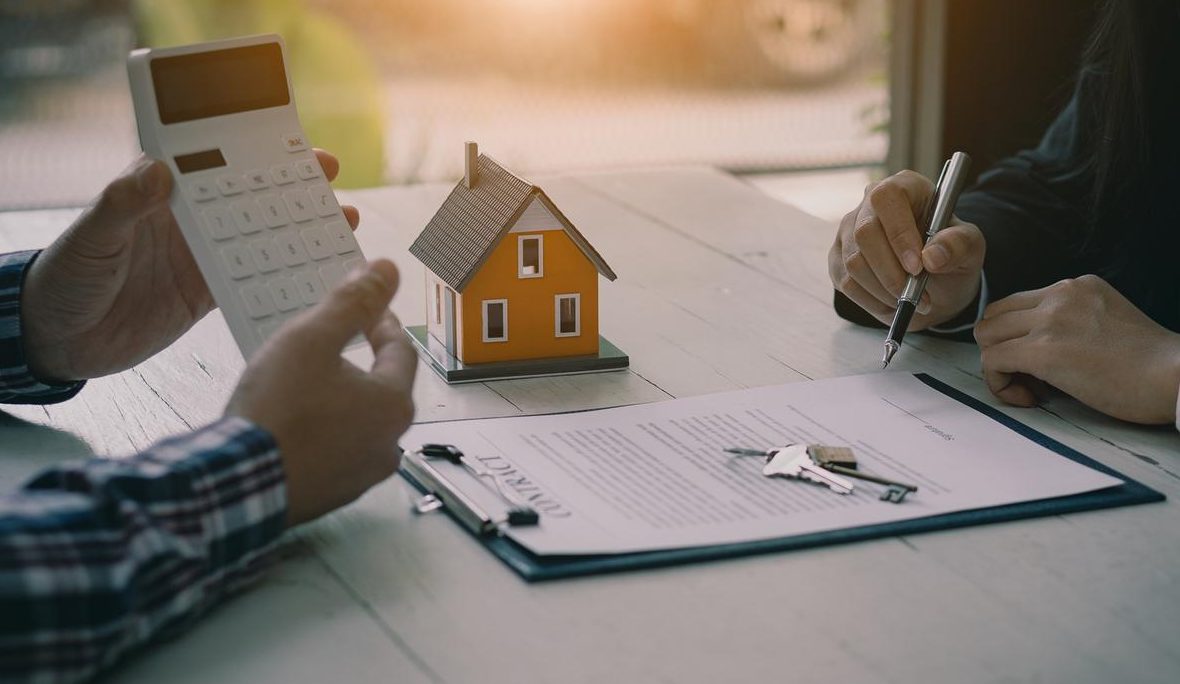Key interest rates are rising and will have an impact on our personal finances and household loans. Consumer debt has hit record levels after a decade of artificially low central bank interest rates.
Some sectors, like the real estate market are very sensitive to changes in lending rates. The artificially lowened interest rates by European Central Bank in 2014 led to an unnaturally rapid recovery of the sector.
The key interest rate increase in the US began in March. We are already seeing the negative effects of the key interest rate hike on the real estate markets. The rise in it may be a sign of what we can expect from the European Central Bank when they start the same policy later in the summer.
Is the US real estate bubble about to burst?
It is more than a theory that interest rates have an impact on the real estate market. Recent data shows that even a small increase in the key rate can have a significant impact on the housing market. These are their looks:
Infographic: The impact of rising key interest rates upon the US housing market
Homebuyers are now more pessimistic than ever
Fannie Mae’s consumer survey covers the 2007 housing bubble. It was quasi-status Fannie Mae (created by the US Congress) and Freddie Mac that inflated the housing market. They guaranteed mortgage loans from commercial banks and bought them. This created a moral hazard. When you know that the loan is guaranteed you can lend to insolvent borrowers. Fannie Mae will eventually buy this debt. This is how the state’s attempt “help” to fulfill the American dream of home ownership inflationized the bubble, and many people lost their homes.
But buyers in the United States are still more optimistic about the future of the housing market, even after the bubble burst. Only 17% of respondents to Fannie Mae’s consumer confidence index in May said that now was the best time to purchase a home. Fannie Mae’s consumer sentiment index dropped to 62 points, the lowest ever recorded. It was twice as high after the burst of the last housing bubble – it was 118 points. It remained over 100 points even during the 1991 economic crisis.
It’s not surprising, because:
This building is historically the most difficult to access.
An all-time low was also reached by the Bank of America Index. It was lower than the 2008 and 2014 levels.
Mortgage interest rates are affected by the disproportionately higher key interest rate, which rose from 0 to 1.5%. The interest rate for 15-year mortgages increased by almost 90%, from 2.3 to 4.8% (+ 2.5 percent). The interest rate for 30 year mortgages increased almost 90%, from 2.3 to 4.8% (+ 2.5 percentage points). We can only imagine the impact this will have on mortgage interest rates in the United States, as there will be a key rate increase in July and September.
Performance must be viewed in relation to the economic environment as a whole. After the opening up of economies, prices for materials and raw materials used to construct began to rise quickly. These prices have risen exponentially as well as the final consumer goods. This has led to an even higher rise in property prices.
During the same period, record inflation began to “assault” consumer purchasing power in early last year. It has increased in every month except for April 2022. The result is that consumers’ moods, many of which are in deep debt, have started to fall last year. When your personal budget is focusing on essential purchases, it can be difficult to find the funds you need to pay off debts or to take out a mortgage at a rising interest.
Property will be more difficult to access due to rising interest rates and the rising prices of consumer goods. The current unemployment rate stands at 3.6%. This is the lowest level since the 1970s. The number of unemployed in Europe will rise if there is another economic crisis. It will become more difficult, if not impossible, for consumers to obtain a loan for their home.
Building permits plummet
The United States is seeing a collapse in building permits. It is now down 10% from March’s April data. This is due to the slightest increase in the key rate, which was 0.25%. The statistics show only this. The interest rate has been increased twice since then and now ranges between 1.5 and 1.75 percent. Clearances are now beginning to fall, just like the housing bubble.
They are expected to continue falling in the months ahead due to the fall in transactions caused by the key interest rate. They fell 15.6% from their peak in January to May this year. We emphasize again that this data does not include the first increases in key interest rate or mortgage rate. Companies will become less likely to invest in new projects as they grow. They will not only have to find financing difficulties due to rising interest rates but also will be faced with near-record building material prices. Developers are finding it more difficult to build new homes, which may mean they won’t be able sell due to the general decline in the market.
The future is a grim prospect for builders
It is not surprising that construction companies are beginning to feel less confident after all of the above. At the end of last calendar year, the industry confidence index was at its second-highest level. The government claimed at the time that inflation was temporary and that the economy was stronger now than ever. It has fallen more than 20% in the past five months.
The worse news for the economy overall is the more pessimistic the construction companies. Construction is not a single industry. It involves many other industries that produce and supply materials and services. It takes workers to build buildings. The industry is labour-intensive. Companies will begin to lay off workers as the new housing bubble bursts. This will lead to an increase in the number of people without work and a decrease in orders for services companies. This is why real estate problems are often accompanied or caused by economic crises.
The dynamics of the United States and Europe are similar. Inflating a housing boom, the local Central Bank artificially lowers key interest rates. This bubble bursts when the economic situation gets worse and/or the Central Bank raises the key interest rate.
The Federal Reserve in the United States has already raised interest rates. The economy and the industry are both experiencing a drop. Gross domestic product declined in the first quarter. The country is in an economic crisis. It takes two consecutive quarters in which GDP falls to be officially in this situation.
After the European Central Bank raises interest rates in July, similar dynamics can be expected in Europe’s real estate sector. It’s worth taking a look at the United States to see what we can expect. We are watching the sector fall in real-time.



